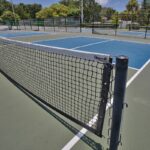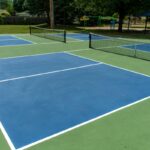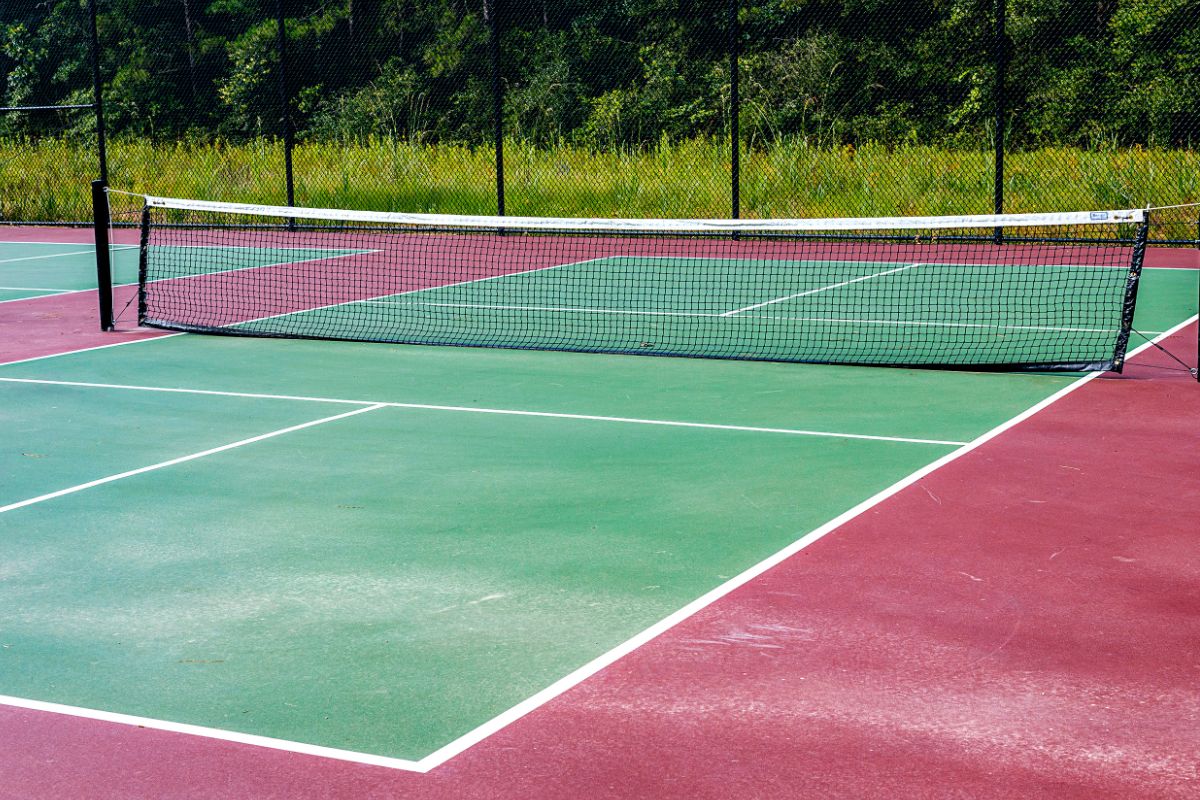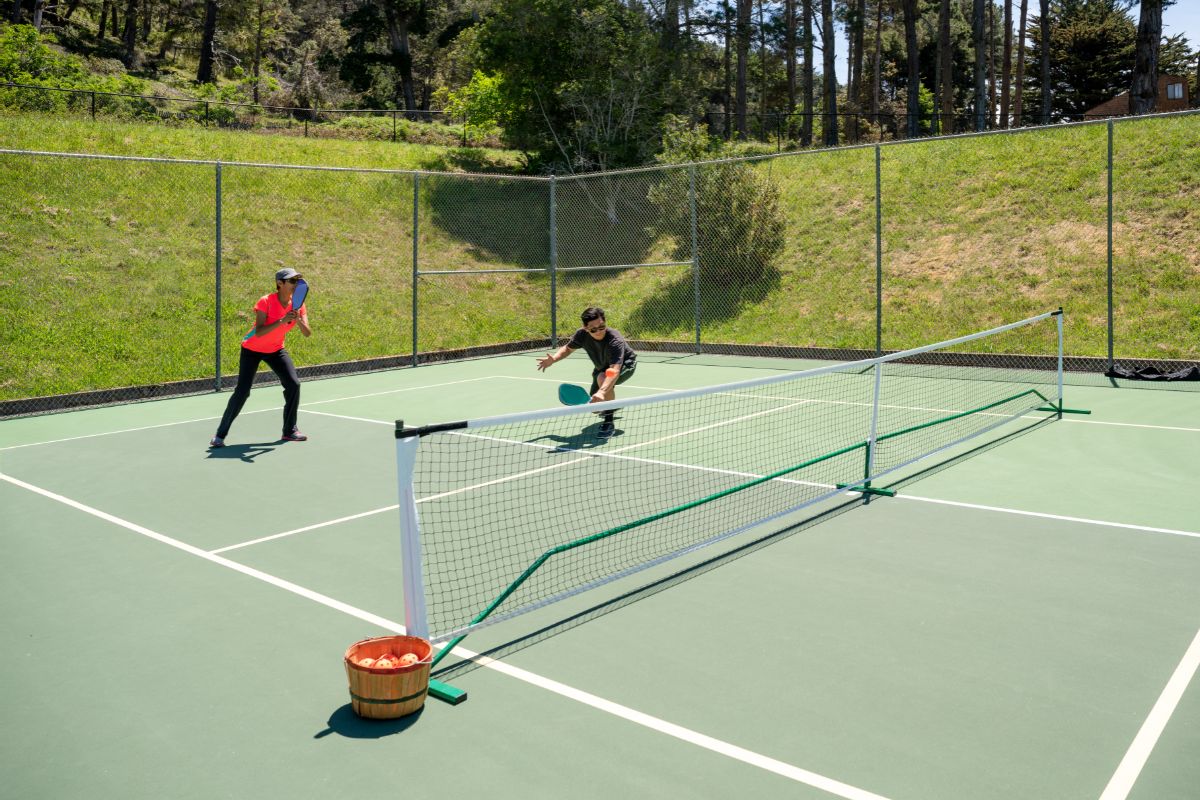Holding a pickleball paddle should be an easy task. All you need to do is hold it in your hand, right? Wrong!
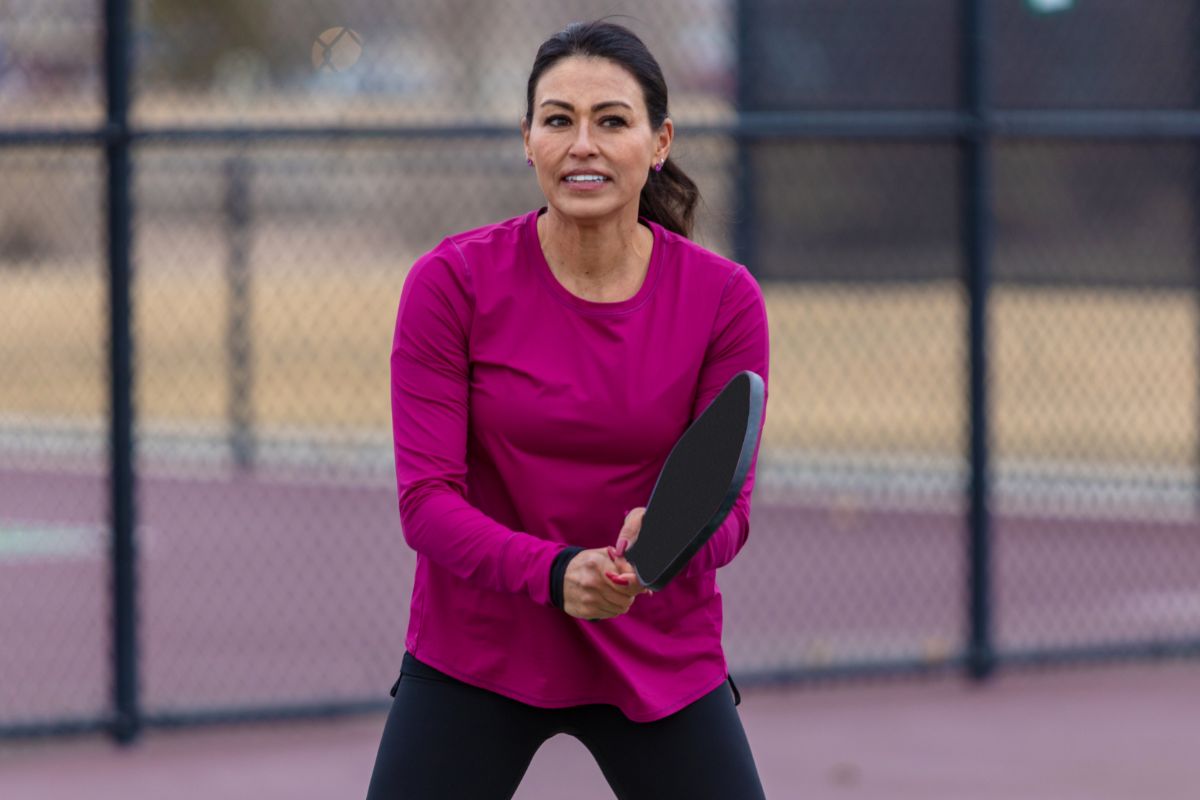
It might surprise new players to learn that there is actually a bit of technique involved in holding a pickleball paddle correctly, and when you do work out that technique, it can drastically improve the way you play.
If you are looking to improve the way you play pickleball, then you have come to the right place.
We are going to be going over everything you need to know about how to hold a pickleball paddle correctly, and once you have finished reading, you will be able to implement these techniques into the way you pay!
How To Hold A Pickleball Paddle
It’s not about how hard you hold the pickleball paddle… it’s all about the technique!
There are a couple of things you need to take into consideration when holding a pickleball paddle and those things are the grip and where to hold the paddle.
The best way to learn how to use these techniques and improvements is to grab a paddle and test it out as you go, so if you have one close by, grab it as you read along.
Below you will find out everything you need to know about the correct position to hold the paddle, as well as different grips and how they help your game.
How To Hold The Paddle
Before we talk about different types of grips, let’s get into the correct way to hold the paddle first.
The best position to hold the paddle, especially when you are just starting off, is in the neutral position, which just involves standing with your legs apart and holding the paddle in a strong grip.
The neutral position is really simple, and essential for learning the grips. You can keep your hands on both sides of the paddle when you are in the neutral position until you plan on making a hit.
Standard Grip & “Shake Hands” Grip
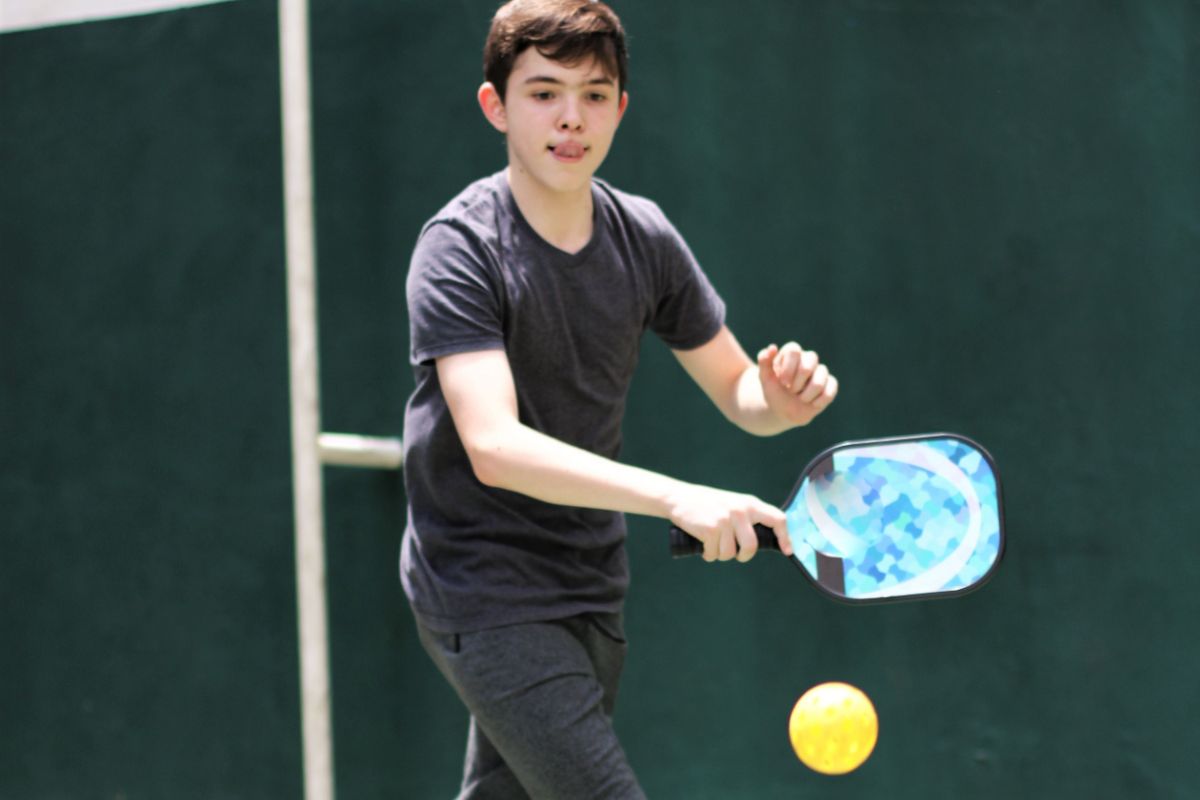
Now let’s take a look at two of the most common grips, the standard grip and the “shake hands” grip. Usually, these are the only grips you will need, especially as a new player, so have a look at them below!
Standard Grip
The standard grip is the most well-known and easiest way to hold the pickleball paddle. It is also called the “continental grip” so if you ever hear this phrase in regard to pickleball, this is what it means.
The standard grip just involves putting your hand on top of the paddle, in a similar fashion to holding a hammer. The paddle needs to be facing straight and ideally, you want it to be in line with your knuckles.
This s the grip that most people use without even realizing it, so if you already hold it like this, you are one step closer to a better technique.
“Shake Hands” Grip
The second grip is called the “shake hands” grip because it looks like you are shaking hands with the paddle when you are holding it. This grip is a great alternative for those who don’t get on with the standard grip.
To use this grip, simply reach your palm out to your paddle like you are about to shake hands with it. Then, wrap your hand around the paddle, and finally, make sure the “V” on your hand is between your thumb and your index finger is pointing towards you.
Strong, Weak & Neutral Grip
If you find that the standard grip and the “shake hands” grip aren’t really doing you any favors, then you can try some other grip styles that position your hand slightly differently. It could just be that you need to use these grips instead.
It’s always important to practice multiple different paddle positions and grips in order to find the optimal technique that will improve your play style. In pickleball, there are three types of grips, so let’s take a look into the now!
Strong Grip
The strong grip is a type of grip that sounds exactly like what you are probably thinking. It involves holding the paddle with an exceptionally strong grip and it is usually used for more powerful and aggressive shots when the opportunity presents itself.
The strong grip looks similar to the “shake hands grip” but instead, the “V” in your hand between your thumb and index finger will be pointing towards your right.
Strong grips allow you to make more powerful shots, but they can be harder to control, so just keep that in mind before you use it.
Weak Grip
The weak grip is of course the exact opposite to the strong grip. It is primarily used for having a bit more control over where the pickleball ends up. It’s not commonly used like the strong grip and neutral grip, but it is worth having a weak grip on standby.
The weak grip looks like the strong grip, but to differentiate, make sure the “V” in your hand between your thumb and index finger is facing left instead of right.
Neutral Grip
Finally, we have the neutral grip. This grip is the most common and frequent grip that you will use, so it is important that you practice using it as much as possible.
The neutral position is basically the standard or “continental” grip, but it isn’t a strong or weak grip, rather it is perfectly balanced in between, ready for when you need to switch the strength of your grip.
Conclusion
There is quite a lot of techniques in the way you hold a pickleball paddle, but you will be happy to know that the more you practice, the easier these techniques will be to pick up.
Use the advice we have provided for you here and keep practicing your strong and weak grips until you feel comfortable using them the next time you play pickleball!
Once you have the techniques down, you notice the difference in the way you play!
- What Kind Of Ball Is Used In Pickleball? - July 13, 2023
- How Much Does It Cost To Build A Pickleball Court? - July 11, 2023
- When Do New Pickleball Rules Take Effect? - July 8, 2023

